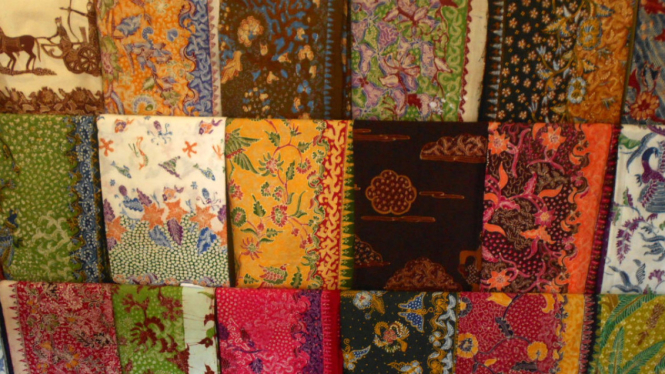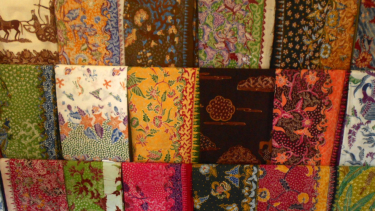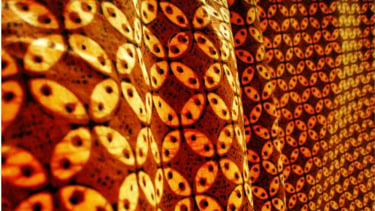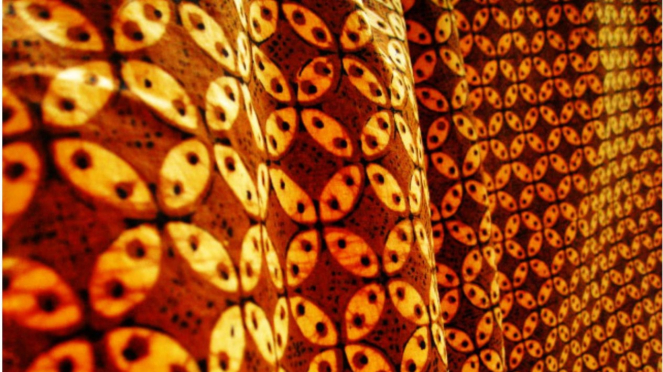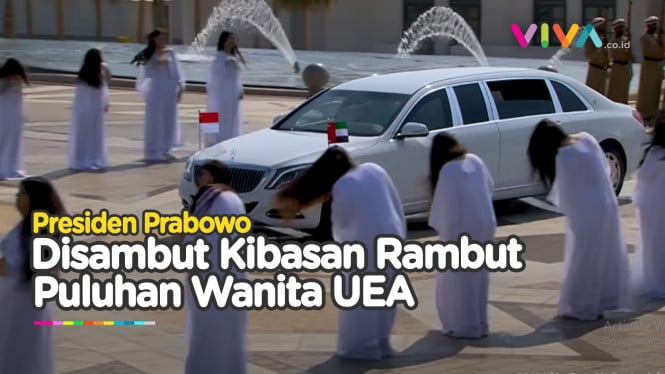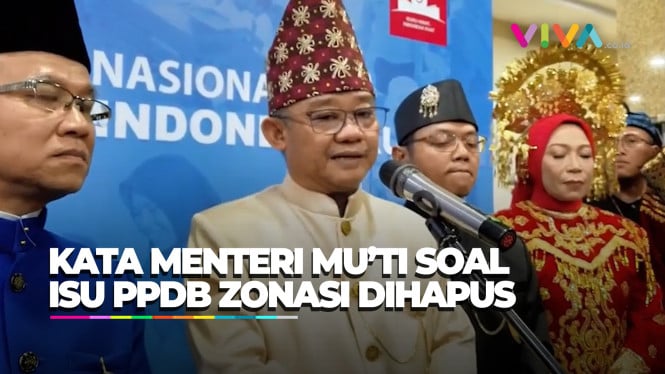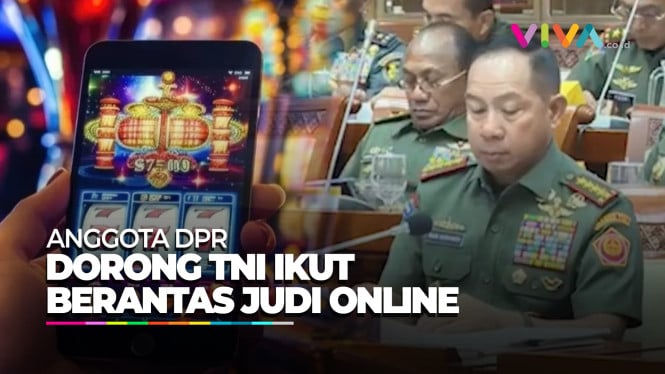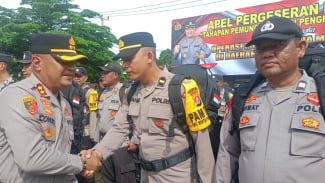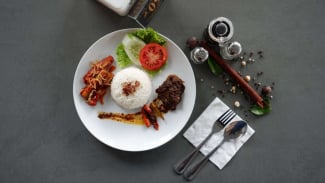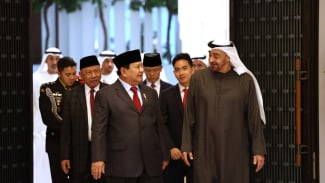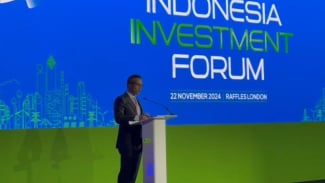Knowing More 8 Indonesian Batik Patterns and Their Meanings
- VIVA.co.id/ Dody Handoko
Jakarta – The National Batik Day is celebrated every October 2. Batik has been designated as a Humanitarian Heritage for Oral and Intangible Culture by UNESCO (2009), so it’s no wonder that batik has become one of Indonesian worldwide cultural heritages.
The interesting fact is that each region in Indonesia is characterized by different batik patterns. Each batik motif has its meaning and philosophical value. Both are based on the beliefs and culture of each region.
So, here's the explanation about the philosophical meaning of Batik patterns, as quoted from the Ministry of Tourism and Creative Economy page on Monday.
1. Parang Batik
Motif batik parang
- Istimewa
The Batik Parang pattern is one of the classic batik patterns that are widely used. Shaped like waves, this pattern has the meaning of a struggle in life, which resembles the sea waves hitting a reef.
People who use this batik motif are expected to continue to struggle and never give up in facing life’s challenges.
Batik Parang has 6 types of patterns, namely Parang Rusak, Parang Barong, Parang Kusumo, Parang Kecil, Parang Slobog, and Parang Klitik. This pattern has its peculiarities, especially the Parang Barong pattern, which can only be used by the high family.
2. Kawung Batik
Batik Kawung
- flickr
The kawung motif as a symbol of life that has a deep meaning, this pattern is synonymous with its round shape resembling kawung fruit, or palm fruit arranged geometrically.
In Javanese culture, this geometrically arranged kawung motif is interpreted as a symbol of human life. In other words, this batik motif reminds humans not to forget their origins.
3. Sekar Jagad Batik
Batik Sekar Jagad
- flickr
Sekar Jagad motif as a symbol of beauty, it’s originating from the Solo and Yogyakarta areas, Sekar Jagad is a traditional batik motif that is full of philosophical values. This is taken from the word "kar" which means map in Dutch, and "jagad" which means world in Javanese.
Combined, the philosophy behind the Sekar Jagad motif is not just a map of the world. It also depicts the beauty of diversity in Indonesia, making anyone who sees it will be mesmerized.
4. Sido Asih Batik
Sido Asih's motif symbolizes the love of husband and wife. This one type of batik motif that is often used in traditional Javanese weddings, the Sido Asih batik motif turns out to symbolize loving human life.
The use of Sido Asih motifs at weddings is expected to create a loving household life.
5. Batik Mega Mendung
Mega Mendung motif symbolizes patience, and originate from Cirebon, West Java. The Mega Mendung batik has simple motif but still gives a luxurious impression to anyone who uses it.
Identical to motifs that resemble clouds, Mega Mendung has a very deep philosophy. According to belief, the cloud motif when the sky is cloudy is expected to keep anyone who uses it cool, calm, patient, and can withstand anger well.
6. Sidomukti Batik
You will often see Batik Sidomukti style at important Javanese traditional events such as weddings or inaugurations, especially in Yogyakarta and Solo. The main characteristic of this batik is the coloring process that uses natural ingredients, that is soybean. The soga or brown color in Batik Sidomukti is the original and ancient classic batik color.
As the name implies, Sidomukti comes from the word “sido” which means to be, become, or to continue, and “mukti” means noble and prosperous. Therefore, using this batik pattern is also a symbol of prayer and hope that people who wear it will get continuous glory and prosperity.
7. Sido Luhur Batik
The Indonesian Sidoluhur batik pattern is generally used by the bride at the wedding night. Literally, the word “sido” in Javanese means to be or to become, and “noble” means honor and dignity.
Using Batik Sidoluhur pattern for the wedding ceremony, is also a form of prayer and hope that the bride will always be healthy and become a person of honor and dignity.
8. Pring Sedapur Batik
Pring Sedapur is a batik pattern that is known to be unique and beautiful. This East Javanese batik pattern combines the patterns of bamboo trees, with natural elements. Making the bamboo plant as the main object, the Pring Sedapur batik motif symbolizes unity and strength.
In other words, this batik motif teaches humans to live together and get along with each other.

